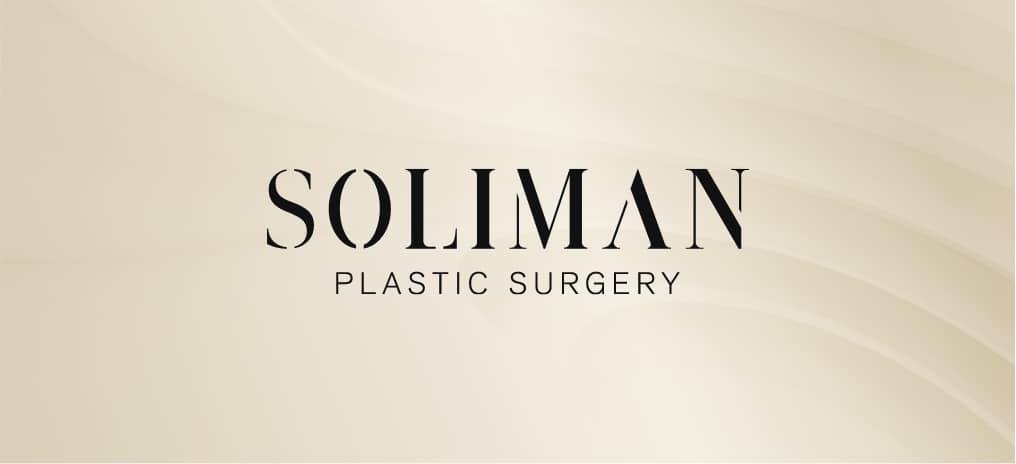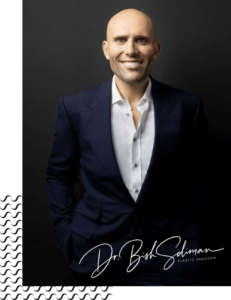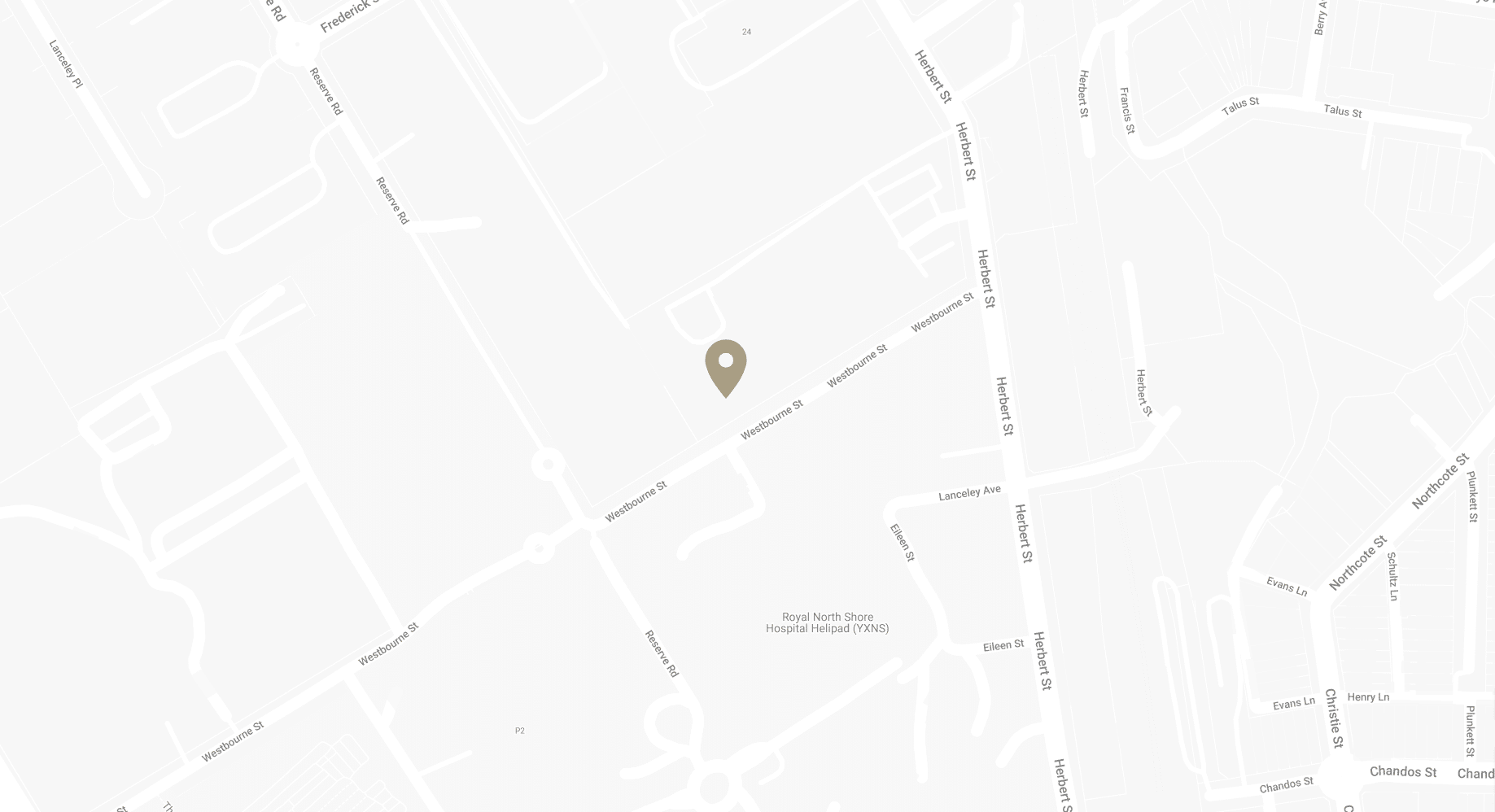Additional Surgical Options after DIEP Reconstruction
The DIEP flap procedure, which involves using your own abdominal tissue to reconstruct the breast, is a step in breast reconstruction that offers natural-looking results. However, achieving the desired results might require a bit more fine-tuning.
In this post, Sydney Specialist Plastic Surgeon Dr Bish Soliman will get into the secondary procedures that can complement the initial results of your DIEP flap surgery. These include breast fat grafting to refine the shape and feel of the reconstructed breast, nipple reconstruction to add the final touches for a natural appearance, flank liposuction to smooth and contour the body silhouette, and scar revision to improve the appearance of surgical scars.
Why Have Secondary Procedures after DIEP
After undergoing a DIEP flap surgery, some patients may still find areas they wish to enhance or refine. Secondary procedures after DIEP flap surgery are designed to fine-tune the reconstructed breast and surrounding areas, helping to achieve a more symmetrical, aesthetically pleasing appearance. These procedures are not about achieving perfection but are tailored to address individual concerns that can make a significant difference in terms of appearance.
Breast fat grafting is often pursued to correct any volume deficits or asymmetries that remain after the primary reconstruction. This procedure allows for smoothing and shaping of the breast to better match its natural counterpart or to enhance the overall silhouette. Similarly, nipple reconstruction offers the finishing touch that can make a reconstructed breast look more natural and realistic.
Flank liposuction can be beneficial for those who want to refine the body contour around the breast and the donor site on the abdomen. It helps in achieving a more balanced and harmonious body shape, removing any disproportionate fat deposits that might have been accentuated by the initial surgery.
Scar revision is another valuable secondary procedure, aimed at minimising the visibility of scars, enhancing the quality and comfort of both the breast and the donor site.
Breast Fat Grafting
Breast fat grafting is a highly effective secondary procedure often recommended after DIEP flap surgery to enhance the aesthetic outcomes of breast reconstruction. This technique involves harvesting fat from one part of the body, typically areas with excess such as the abdomen, thighs, or flanks, and then carefully injecting it into the breast. The primary goal of breast fat grafting is to improve the shape, size, and symmetry of the reconstructed breast, making it appear more natural and seamless with the body’s contours.
- Purpose of Breast Fat Grafting: Following DIEP flap surgery, some patients may notice minor irregularities, asymmetries, or volume deficits in the reconstructed breast compared to the natural breast or their desired outcome. Breast fat grafting serves as a refinement tool, filling in these areas to create a smoother, fuller appearance. It can correct contour deformities, soft tissue irregularities, and even help in cases where the reconstructed breast lacks the soft, natural feel of its counterpart.
- Procedure Details: The process of breast fat grafting is meticulously carried out in several steps. Initially, Dr Soliman uses liposuction to extract fat from the donor site, which is then processed and purified. The purified fat is then injected into specific areas of the breast that require enhancement. This is done using fine needles, and the technique requires precision to ensure a natural look and to avoid damaging the fat cells, ensuring they survive in their new location.
- Benefits of Breast Fat Grafting: The benefits of breast fat grafting extend beyond mere aesthetic enhancement. This procedure can significantly improve the overall silhouette of the breast, making it feel softer and more natural to the touch. It allows for adjustments to be made with minimal invasiveness compared to other surgical procedures. Since the fat used is from your own body, it integrates well with the existing tissues, minimising the risk of rejection and adverse reactions.
- Risks and Considerations: While breast fat grafting is generally safe, it carries some risks, such as the potential for fat necrosis, where the injected fat cells do not survive, leading to firm lumps. There is also a small risk of infection and bleeding. The technique requires a skilled surgeon to ensure that the fat is evenly distributed and remains viable.
Nipple Reconstruction
Nipple reconstruction is a secondary procedure that some patients consider after DIEP flap breast reconstruction. Its primary objective is to rebuild the nipple and areola, which significantly contributes to the natural appearance after breast reconstruction.
- Purpose of Nipple Reconstruction: For some women, the nipple is a defining feature of the breast that adds to its natural look and feel. Nipple reconstruction aims to create a nipple that projects properly and has a texture and colour that blends seamlessly with the rest of the breast.
- Techniques Used in Nipple Reconstruction: Several techniques can be employed in nipple reconstruction, each tailored to your specific needs. The most common methods include local flap technique, skin grafting and tattooing.
- Timing of Nipple Reconstruction: Nipple reconstruction is usually recommended after the primary breast reconstruction has fully healed and the shape of the new breast has stabilised. This generally occurs several months post-surgery, allowing the tissues to settle and any swelling to subside. Timing can vary based on individual healing rates and the specifics of the initial reconstruction.
- Aftercare and Recovery: Recovery from nipple reconstruction is usually straightforward, with most patients experiencing minimal discomfort. The procedure is often performed on an outpatient basis under local anaesthesia. Aftercare involves keeping the area clean and dry, managing pain with prescribed medications, and avoiding strenuous activities that might affect the chest. Full healing and final results are seen within a few weeks, after which a follow-up appointment is necessary to ensure proper healing and discuss any further touch-up or colour enhancement.
Flank Liposuction
Flank liposuction is another secondary procedure that can change the overall aesthetic results of breast reconstruction following DIEP flap surgery. This procedure focuses on contouring and refining the silhouette by removing excess fat deposits from the flank area—the sides and back of the torso—thus improving the body’s profile and the visual balance between the reconstructed breast and other body areas.
- Purpose of Flank Liposuction: After DIEP flap surgery, some patients may find that while their new breast contour is pleasing, there might be disproportionate fat deposits around the flanks and lower back that were either accentuated or unaffected by the initial surgery. Flank liposuction aims to correct these imbalances, enhancing the smoothness and symmetry of the body’s outline, which can be especially important for achieving a harmonious body shape that complements the reconstructed breast.
- Procedure Details: Flank liposuction is performed under general anaesthesia. The procedure involves making small incisions in the targeted areas, through which a thin tube, or cannula, is inserted. Dr Soliman uses the cannula to break up and suction out fat from the flanks, carefully sculpting the area to achieve a smooth contour.
- Benefits of Flank Liposuction: The benefits of this procedure extend beyond cosmetic enhancements. By removing excess fat, flank liposuction can lead to a more defined waistline and a more balanced appearance.
- Risks and Considerations: As with any surgical procedure, flank liposuction carries certain risks, such as bruising, swelling, and discomfort in the days following the surgery. There’s also a risk of irregularities in the skin’s surface if the fat is not removed evenly. Infection and bleeding are rare but possible complications.
- Postoperative Care: Post-surgery care for flank liposuction involves wearing compression garments to help reduce swelling and support the new body contours as they heal. Most patients can return to work and other daily activities within a few days, although they should avoid strenuous exercise for several weeks. Proper aftercare and following Dr Soliman’s guidelines are crucial for smooth healing and achieving optimal outcome.
Scar Revision Surgery
Scar revision is a secondary procedure for patients who have undergone DIEP flap surgery and are concerned about the appearance of their scars. DIEP flap surgery is a complex procedure and it inevitably leaves scars at both the donor and recipient sites, which can be aesthetically displeasing or uncomfortable for some patients. Scar revision techniques aim to minimise these scars, making them less noticeable and more consistent with the surrounding skin texture and colour.
Purpose of Scar Revision: The primary purpose of scar revision is to improve the appearance of scars that are raised, discoloured, or irregularly shaped. This can enhance the overall aesthetic result of the initial breast reconstruction and contribute to your satisfaction and comfort. Scar revision can also alleviate some physical discomforts, such as itching or tightness, associated with scar tissue.
Techniques Used in Scar Revision
Several techniques are available for scar revision, depending on the type, size, and location of the scar, as well as your skin type. Common methods include:
- Topical Treatments: These involve the application of silicone sheets or gels, which can help to flatten and soften the scar.
- Injectable Treatments: Fillers can be used to raise depressed scars to the level of surrounding skin.
- Surface Treatments: Techniques like laser therapy, dermabrasion, and chemical peels are used to improve the surface and texture of scars.
- Surgical Revision: In more severe cases, surgical removal of the old scar followed by careful repositioning of the skin can be performed to make the scar less noticeable.
Timing of Scar Revision: Timing for scar revision is important; it is usually recommended to wait until the scar matures, which can take up to a year. Mature scars are lighter in colour and less sensitive, making them more suitable for revision techniques. Dr Soliman will guide you on the optimal timing based on your healing progress and the characteristics of your scar.
Expected Outcomes: The outcomes of scar revision vary based on the initial condition of the scar and the chosen treatment method. While complete scar elimination is not possible, significant improvements in appearance and symptom relief can be expected. The goal is to render the scar less visible and more uniform with the rest of the skin, thus improving the overall aesthetic of the breast and donor site areas.
Postoperative Care: Care after scar revision depends on the technique used but generally involves keeping the treated area clean, protected from the sun, and properly moisturised. You will need to avoid strenuous activities that stretch the treated area to prevent widening the new scar.
Additional Secondary Procedures for Patients with One Side DIEP
In cases where DIEP flap reconstruction is performed on only one side, secondary procedures such as breast lift (mastopexy) and breast reduction may be necessary to achieve symmetry with the reconstructed breast. These procedures help in aligning the size, shape, and position of the natural breast to match the newly reconstructed one, ensuring that the overall appearance is balanced and harmonious.
Breast Lift (Mastopexy)
A breast lift is often recommended for patients who have undergone a unilateral DIEP flap procedure.
Why Consider a Breast Lift?
- Symmetry: After DIEP flap reconstruction, the reconstructed breast may appear perkier or more elevated compared to the natural breast. A lift can raise the sagging breast to match the position and shape of the reconstructed one.
- Improved Contour: Besides achieving symmetry, a breast lift also enhances the overall shape and contour of the breast, giving it a more uplifted appearance.
Procedure Details
During a breast lift, incisions are made according to the degree of lift needed — commonly around the areola, downward to the breast crease, and horizontally along the crease. Through these incisions, Dr Soliman will remove excess skin and lift the breast tissue, repositioning the nipple and areola to a different height.
Breast Reduction
Breast reduction is another secondary procedure that might be considered along with or instead of a breast lift. This procedure is particularly beneficial for patients whose natural breast significantly differs in size from the reconstructed breast or is overly large and causing discomfort.
Why Consider a Breast Reduction?
- Size Symmetry: If the natural breast is larger than the reconstructed breast, reduction can resize it to create a more symmetrical appearance.
- Reduced Discomfort: Larger breasts can contribute to physical discomfort, including back, neck, and shoulder pain. Reducing the breast size can alleviate these symptoms.
- Aesthetic and Comfort: Smaller, lighter breasts are often more proportionate to the body frame and can make physical activities easier and more comfortable.
Procedure Details
Breast reduction surgery involves the removal of fat, glandular tissue, and skin to achieve a breast size in proportion with the body. The procedure also typically includes a breast lift. Incisions are made in a keyhole or anchor pattern to allow for substantial tissue removal and reshaping.
FAQs about Secondary Procedures after DIEP
How long should I wait between my initial DIEP flap surgery and considering secondary procedures?
- It’s generally recommended to wait until your initial DIEP flap reconstruction has fully healed and stabilised before considering secondary procedures. This usually means waiting at least 6 to 12 months, allowing your body enough time to recover fully and the results of the initial surgery to mature.
Can all secondary procedures be done at the same time?
- In some cases, certain secondary procedures like breast fat grafting and scar revision can be combined, depending on your specific needs, the extent of each procedure, and your overall health. Dr Soliman will assess your situation and advise whether multiple procedures can be safely and effectively performed during the same operation.
What are the factors that determine the success of nipple reconstruction?
- Key factors include the quality of the remaining skin, the precision of the surgical technique, and your overall health and healing capacity.
How can I ensure the best results from flank liposuction after DIEP flap surgery?
- Maintaining a stable weight before and after the procedure, following all post-operative care instructions, wearing the recommended compression garments, and attending follow-up appointments with Dr Soliman are important steps to ensure the best outcomes from flank liposuction.
Is there a way to minimise scarring from the initial DIEP flap surgery before considering scar revision?
- Yes, good wound care post-surgery is vital. Keeping the scar moisturised, protected from the sun, and adhering to Dr Soliman’s instructions can help minimise scar formation. Additionally, discussing the potential use of silicone gel sheets or other preventative treatments with Dr Soliman might be beneficial.
Further Reading about DIEP Breast Reconstruction with Sydney Specialist Plastic Surgeon Dr Bish Soliman
- Read Dr Bish Soliman’s Blog about Physical Therapy and Rehabilitation after DIEP Flap Surgery
- Read Dr Bish Soliman’s Blog about What to Wear after DIEP Flap Reconstruction
- Read Dr Bish Soliman’s Blog about Lymphatic Drainage Massage Post Operatively after DIEP
- Read Dr Bish Soliman’s Blog about Preparing for Your DIEP Flap Surgery
- Read Dr Bish Soliman’s Blog about DIEP Flap Reconstruction – Common Concerns and Myths
Medical References about Secondary Procedures after DIEP
- DIEP Flap Surgery: Breast Reconstruction – BreastCancer.org
- Secondary operations of the anterior abdominal wall following microvascular breast reconstruction with the TRAM and DIEP flaps
- Secondary breast reconstruction after mastectomy using the DIEP flap
- DIEP Flap Surgery: Breast Reconstruction, Recovery & More – Cleveland Clinic
- Recovery after DIEP flap breast reconstruction – ASPS



